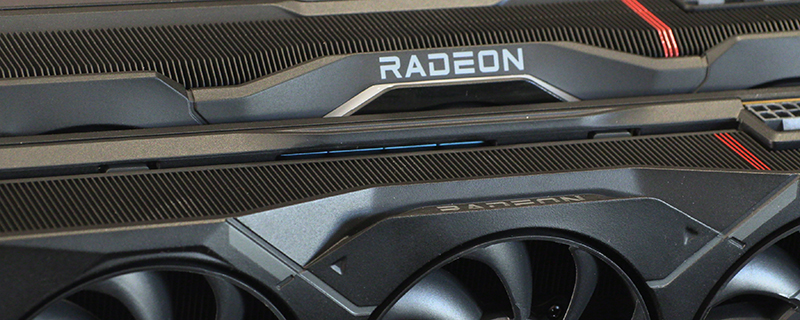AMD Radeon RX 7900 XT and RX 7900 XTX Review
Introduction
We don’t think anyone will disagree much if we say that all hardware, and graphics cards in particular, have seen prices reach the kind of heights that would make mountaineers jealous.
Famed as the company that have always shown a strong commitment to providing affordable hardware, AMD have used their experience when designing the RDNA 3 architecture to put affordability – relatively of course – first and foremost, building the best card they can that will be available for a MSRP of under a thousand Pounds/Dollars/Euros. Even if that was as far as they went they deserve a level of applause for trying to resist the snowballing greed of the current economy.
However, that isn’t all AMD have done. They’ve adopted all of the current technology ideas and their own chiplet experience to produce a graphics architecture which ticks all the boxes. Both cards we have on test today have a whole chunk of GDDR6 memory to ensure a smooth 4K experience. The Compute Units have, fittingly, been upgraded to their 3rd generation to give better performance from a similar number. The Infinity Cache that we’ve seen on their 6000 series of cards and their Ryzen 5800X3D CPU is now in its second generation and, with 5.3 TB/s of bandwidth, even faster than ever. Their ray tracing cores have moved to the 2nd generation too, and new AI Accelerators power a multitude of image quality options.
Some of you, however, love a high resolution and refresh rate combination and will be pleased to hear that the new AMD Radiance Display Engine lets you run 12-bit HDR at 8K 165Hz utilising the, Industry first, DisplayPort 2.1 or HDMI 2.1a ports on the cards. It’s rare to have a graphics card that is capable of outputing a signal better than most monitors can receive. Futureproof.
Technical Specifications
The biggest changes from the new RDNA 3 architecture is the move from 7nm across the board to 5nm GPU. Additionally AMD have added AI acceleration processors to their new 7000 series cards. What will really interest everyone is the improvements in ray tracing. The raw number of Ray Accelerators might not seem much when compared to the RX 6950 XT, but the 2nd generation has enormous performance improvements. Okay that’s a bit of a spoiler for our results, but take it from us, this ain’t your Daddy’s Radeon card. It is to graphics card equality what the Ryzen CPUs were to their blue competitor.
The 7000 series also sees the introduction of a 2nd generation Infinity Cache, 80MB on the XT and 96 MB on the XTX. Memory has also seen a big jump up to 20 GB of 320 bit on the XT, whilst the XTX has a whopping 24 GB of 384-bit. Nice.
| OC3D | Radeon RX 7900 XT | Radeon RX 7900 XTX | Radeon RX 6950 XT |
| Architecture | RDNA 3 | RDNA 3 | RDNA 2 |
| Manufacturing Process | 5nm GCD; 6nm MCD | 5nm GCD; 6nm MCD | 7nm |
| Transistor Count | 57.7 billion | 57.7 billion | 26.8 billion |
| Die Size | 300 mm2 GCD 220 mm2 MCD |
300 mm2 GCD 220 mm2 MCD |
520 mm2 |
| Compute Units | 96 | 84 | 80 |
| Ray Accelerators | 96 | 84 | 80 |
| AI Accelerators | 192 | 168 | 0 |
| Stream Processors | 6144 | 5376 | 5120 |
| GPU Clock | 2300 MHz | 2000 MHz | 2100 MHz |
| Boost Clock | 2500 MHz | 2400 MHz | 2310 MHz |
| Peak Single Precision | 61 TFLOPS | 52 TFLOPS | 23.65 TFLOPS |
| Peak Half Precision | 123 TFLOPS | 103 TFLOPS | 47.31 TFLOPS |
| Texture Fill Rate | 960 GT/s | 810 GT/s | 739.2 GT/s |
| ROPs | 192 | 192 | 128 |
| Pixel Fill Rate | 480 GP/s | 460 GP/s | 295.7 GP/s |



